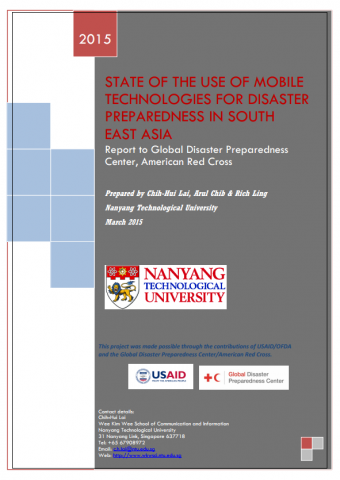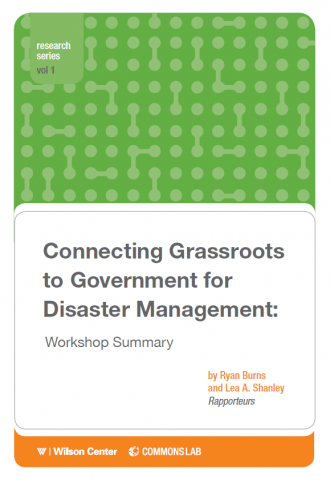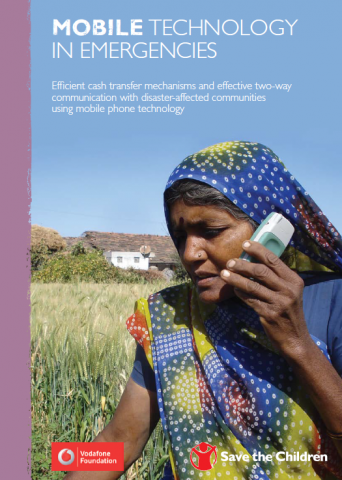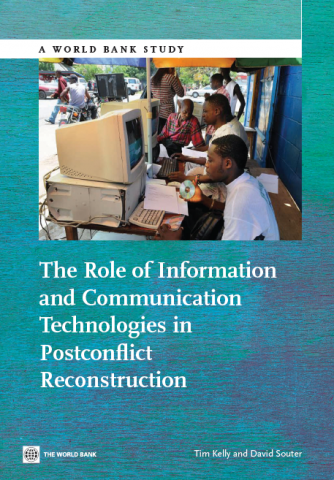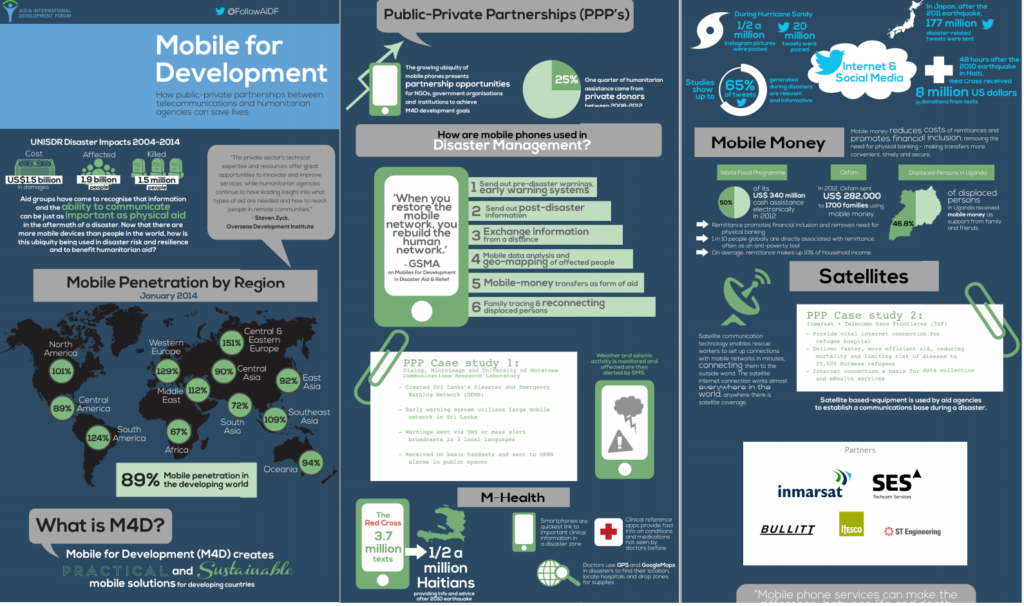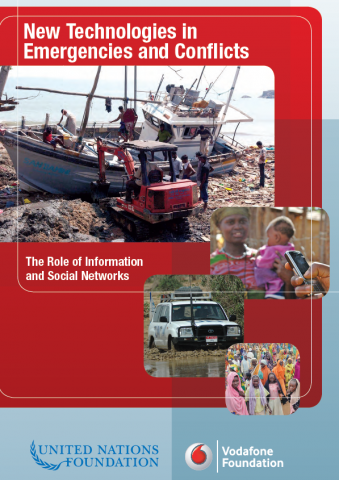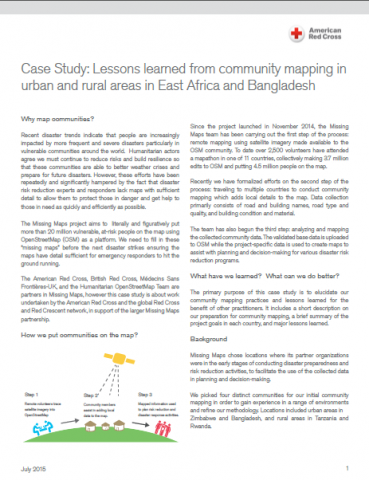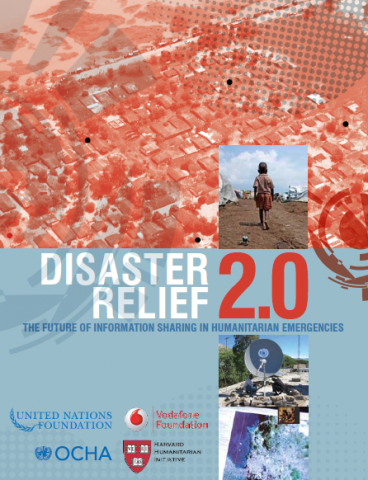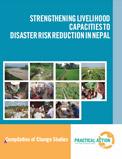State of the Use of Mobile Technologies for Disaster Preparedness in South East Asia
This report summarizes the study conducted by Nanyang Technology University (NTU) in collaboration with the Global Disaster Preparedness Center with support from the USAID-Office of Foreign Disaster Assistance to better understand how new communication and information sharing technologies can enhance risk reduction and preparedness measures. Unlike post-disaster response and recovery, where humans passively adapt to […]
State of the Use of Mobile Technologies for Disaster Preparedness in South East Asia Read More »

